The term “stem cells” has many people excited about their potential as the secret to the fountain of youth. I couldn’t believe my eyes when several years ago, I saw Board-certified dermatologists selling “stem cell” creams on late-night infomercials. Late-night infomercials are of course where the most authentic science is broadcast. Currently, the term “stem cell” is used in so many products and treatments that the actual scientific foundation for this term is lost in all of this marketing noise.
It’s understandable why there is confusion about the term “stem cells”. I’ll discuss my perspective on the general topic of stem cell-based therapy for facial rejuvenation in my practice.
What is a Stem Cell Facelift?
A few years ago, procedures known as “stem cell facelifts” began to appear in the aesthetic field, and patients began to inquire about them. To begin with, none of these procedures were true surgical facelifts in the sense that there were no incisions or actual skin lifting. They appeared to be harvesting fat, then processing the fat with a claim that a higher concentration of fat or adipose-derived stem cells was being injected under the skin to improve volume loss and skin quality.
What are Stem Cells?
Stem cells are types of cells which can become more specialized cells in the body. For example, stem cells in the bone marrow can turn into different types of specialized blood cells, such as red blood cells and white blood cells.
Unfortunately, many people have been harmed by unethical practitioners offering stem cell products to the point where the US FDA has taken action to stop the use of stem cell products not approved by the FDA.
This is a quote from the FDA, “The only stem cell-based products that are FDA-approved for use in the United States consist of blood-forming stem cells (hematopoietic progenitor cells) derived from cord blood.”
So, an adult stem cell is thought to be an undifferentiated (or not specialized) cell, found among differentiated (or specialized) cells in a tissue or organ. The adult stem cell can renew itself and can differentiate to yield some or all of the major specialized cell types of the tissue or organ.
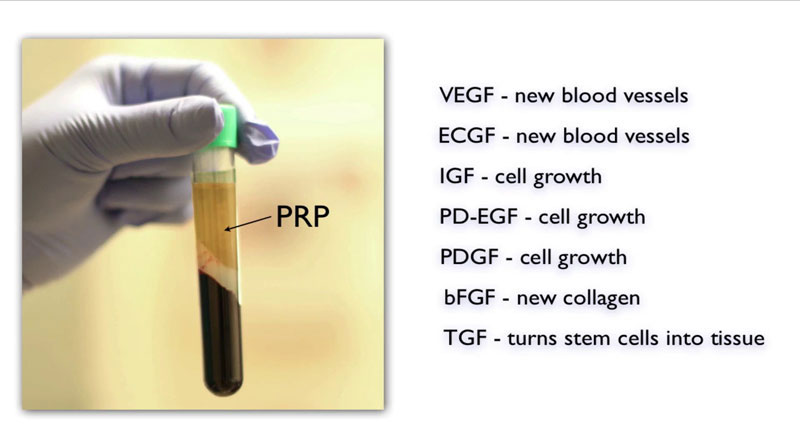
This means that we can perform therapies, which help you through the activation of your adult stem cells inside your body. For example, I use PRP or platelet-rich plasma as well as Acellular matrix, both of which activate your body’s adult stem cells. So, the FDA statement does not apply to treatments where your stem cells are being harvested or activated and used in certain clinical situations.
Considerations for Stem Cell Facelifts
Several of my colleagues, including myself, feel that the term “stem cell facelift” is typically being used to rebrand fat grafting with a higher price tag. The marketing message, which has become the norm rather than the exception, claims benefits that, in my opinion, are exaggerated. At the most basic level, there are 3 questions both practitioners and consumers should ask:
- Indications: What are the indications, which make someone a candidate for a “stem cell facelift”?
- Benefits: What benefit does this “stem cell” facelift provide and are the benefits superior to other options such as fat grafting?
- Predictability: How predictable are the results of a “stem cell facelift”
There are many questions, but let’s start with the question about indications. Facial volume loss is one indication for this procedure. Since this procedure is limited to adding volume below the skin, I see no advantage over any injectable filler or fat grafting. Since this type of procedure is used to help people experiencing volume loss from facial aging, there is an inherent flaw in this treatment strategy.
Facial Volume Loss Treatment
Age-related facial volume loss is proportionately much greater at the bone level than it is at the level below the skin. Whether a deficiency in facial bone structure is due to genetics, aging, or a combination, restoring volume at the bone level will be more impactful than then any material placed just below the skin.

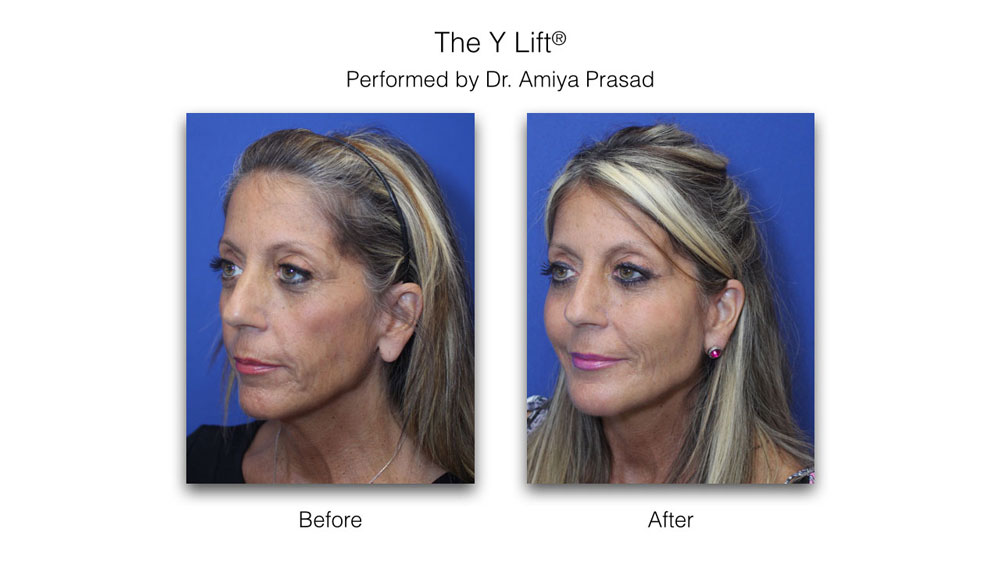
I perform a procedure called Structural Volumizing, where I place a long-lasting hyaluronic acid filler such as Juvederm Ultra Plus and Juvederm Voluma at the bone level. Restoring volume at the bone level in the cheeks, chin jaw angle, and jawline creates facial balance, which can be appreciated immediately and predictably. If anything, Structural Volumizing or the Y Lift results can appear as if someone had a surgical facelift.
In terms of benefits and predictability, differentiating the benefits of stem cell facelift from fat grafting remains unclear. Scientific hypotheses can be made to support the potential benefits of fat or adipose-derived stem cells, but do clinical results substantiate these hypotheses? It appears that clinical results do not support the benefits, and predictability of the so-called “stem cell facelift” as advantageous over fat grafting. That’s a problem since fat grafting is fairly unpredictable in that 30-70% of the volume placed doesn’t survive. In addition, there is a high incidence of lumps and irregularities.
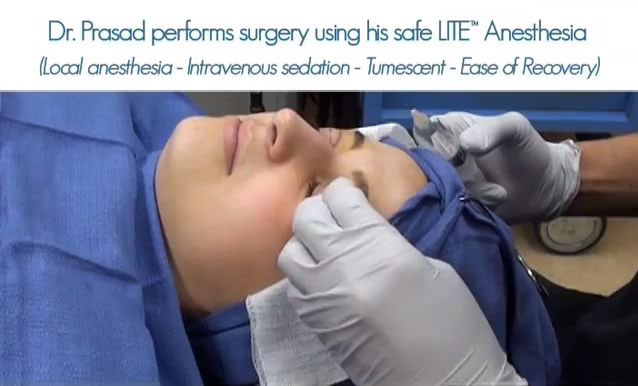
Procedures, which are highly predictable, safe, and effective, tend to stand the test of time, which I can attest to firsthand. When I first went into practice more than 25 years ago, I questioned the need for general anesthesia for many cosmetic surgical procedures, so I developed my approach to performing procedures such as eyelid surgery, facelift surgery, as well as body procedures using local anesthesia. At that time, I received a lot of backlash from many surgeons, but some of the same surgeons today have incorporated my approach into their practice.

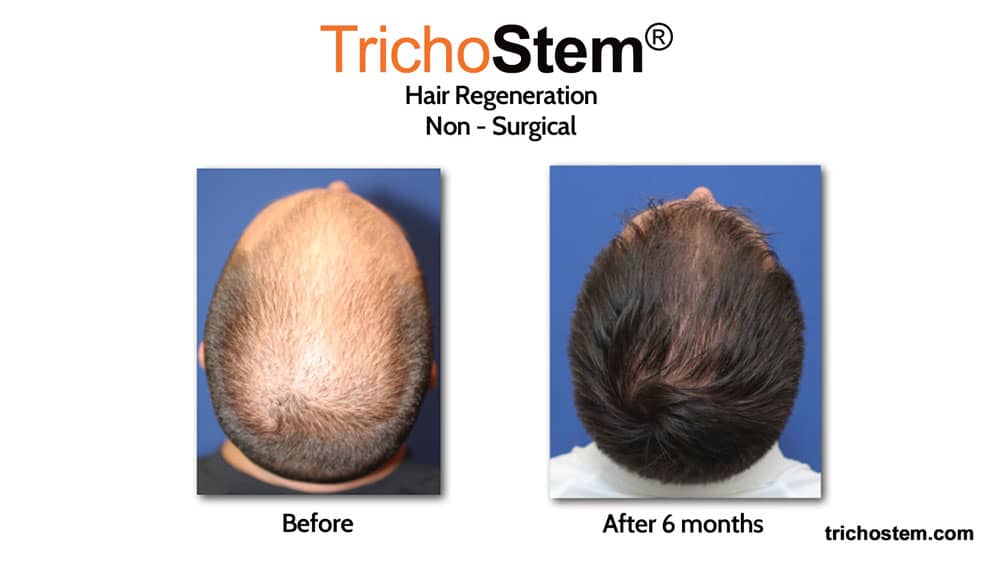
Over 10 years ago, I recognized the potential benefit of PRP with ACell for the nonsurgical treatment of male and female pattern hair loss. Despite my numerous successes, hair transplant surgeons and dermatologists were dismissive and openly dismissive of PRP and ACell. So what happened? The system I developed was so effective for hundreds of patients coming to me from around the world every year, that in the last 2 years many doctors decided to start trying to use PRP, and PRP with ACell for hair loss treatment – not so dismissive anymore.
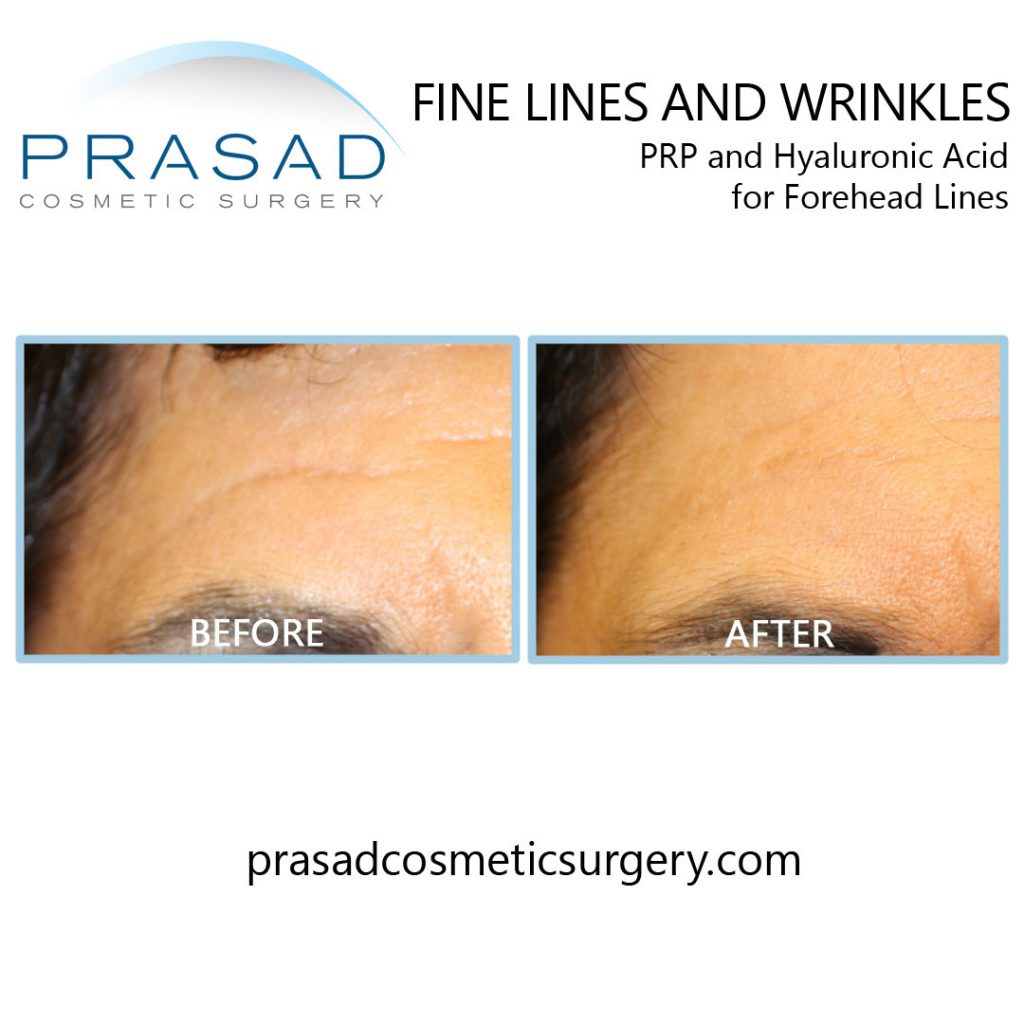
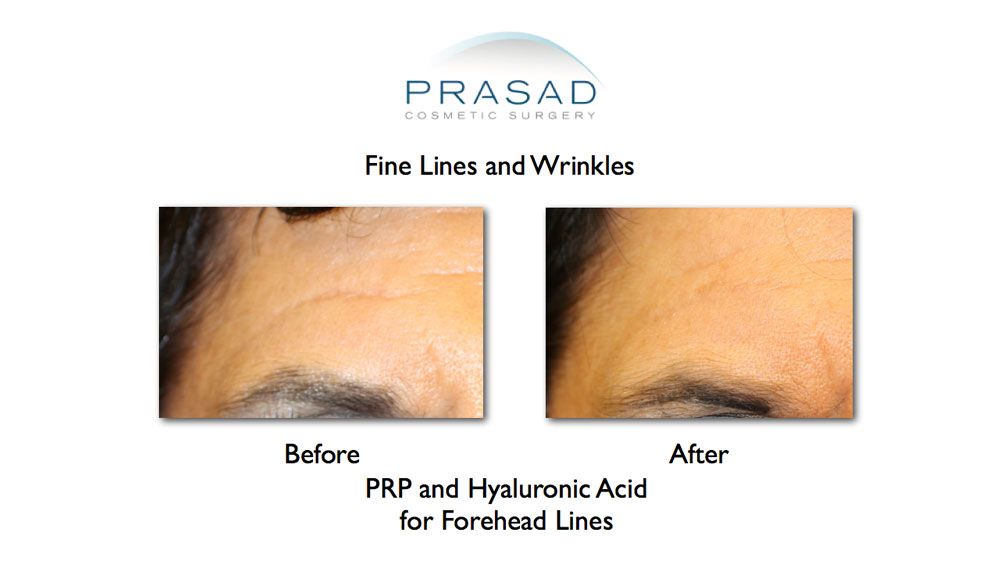
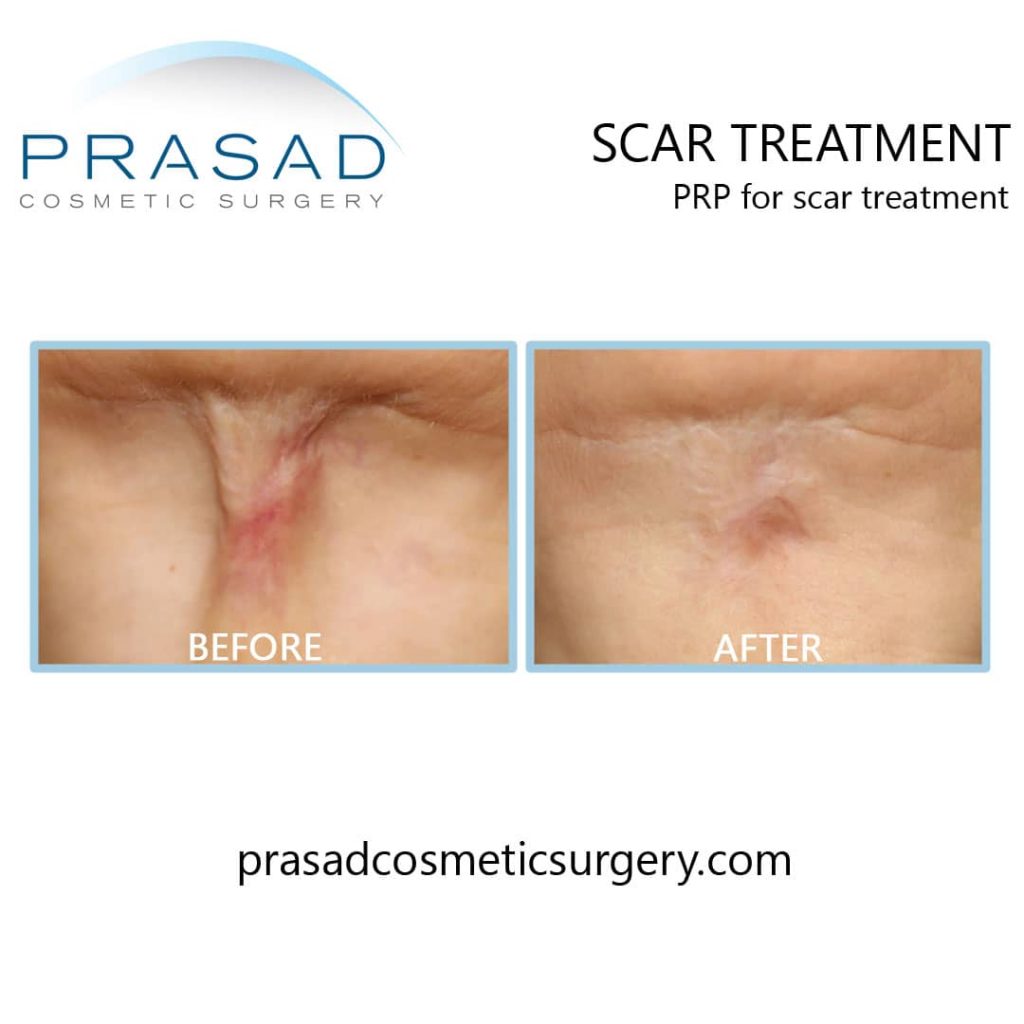
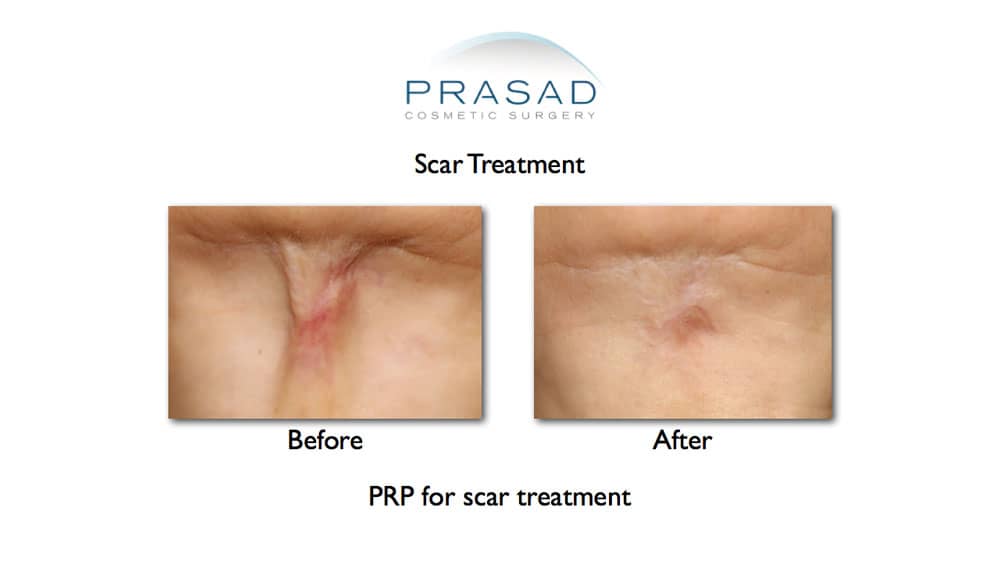
The same can be said when I started using PRP for skin rejuvenation and scar treatment more than 10 years ago. The German philosopher, Arthur Schopenhauer said, All truth passes through three stages. First, it is ridiculed. Second, it is violently opposed. Third, it is accepted as being self-evident.
Having experienced Schopenhauer’s observation throughout my career, I won’t dismiss the concept of “stem cell facelift” as not having a potential future. The value of harvesting fat, and using the adult stem cells in fat for skin quality improvement is a good concept. However, unless the procedure can meet my standard for safety, predictability, and quick recovery, I will continue to employ other strategies for my patients who would have been potential “stem cell facelift” candidates.
Again, working from the inside out:
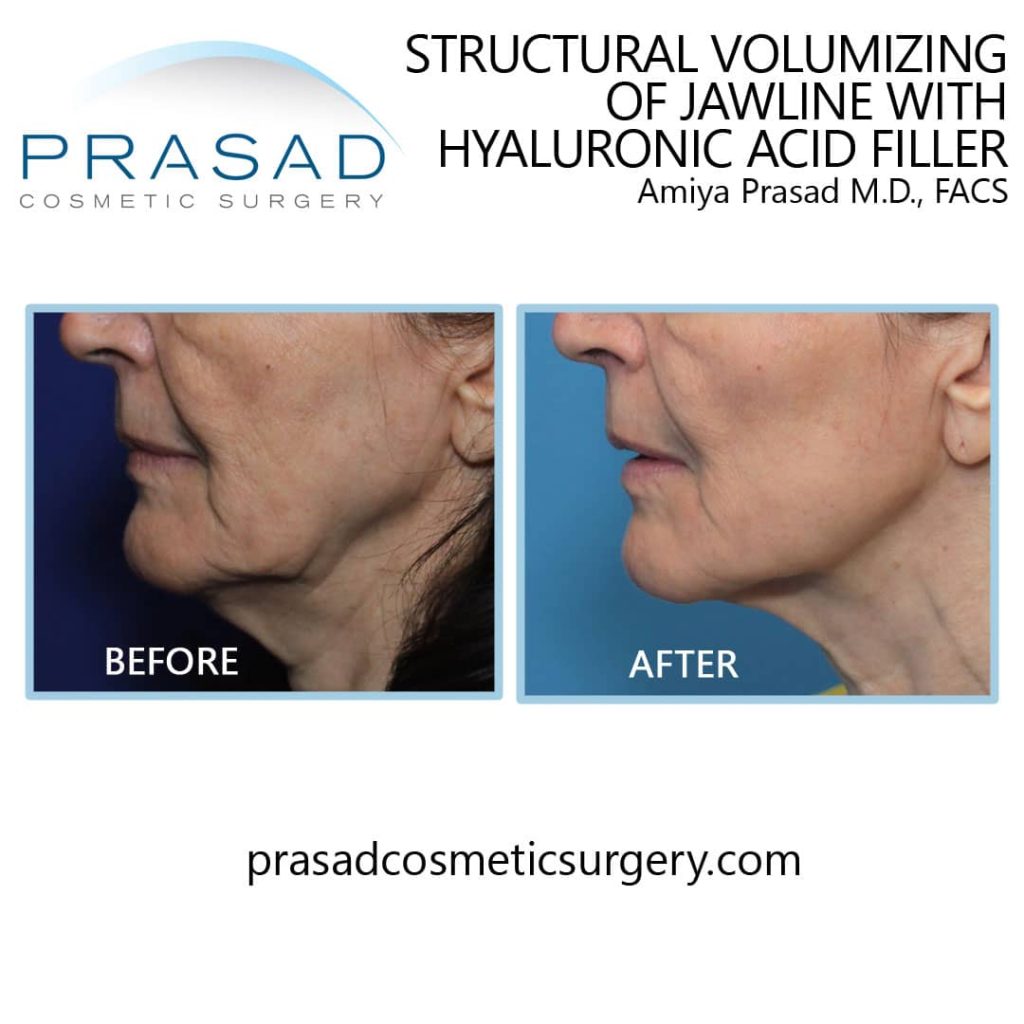
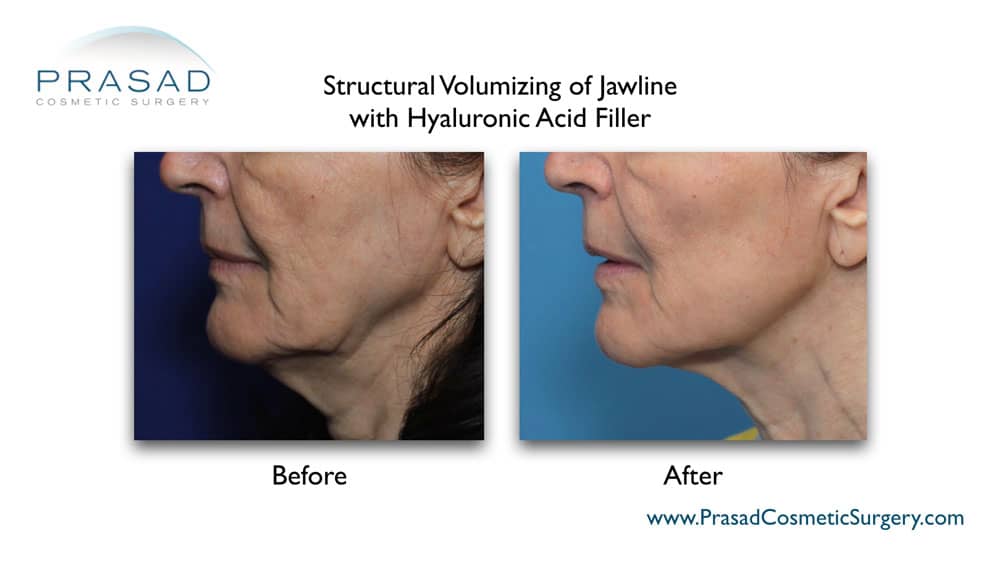
For bone volume loss and minimal skin sagging, I perform Structural Volumizing, meaning I place long-lasting hyaluronic acid fillers at the bone level to enhance the cheekbones, chin, jaw angle, and jawline. Consumers need to understand that achieving this outcome is very much technique-dependent. I routinely see people who have filler placement in their cheeks, and they know they have more volume, but they don’t feel that they look like themselves. This is because the filler is really in the soft tissue under the skin and has spread around creating a rounded appearance.
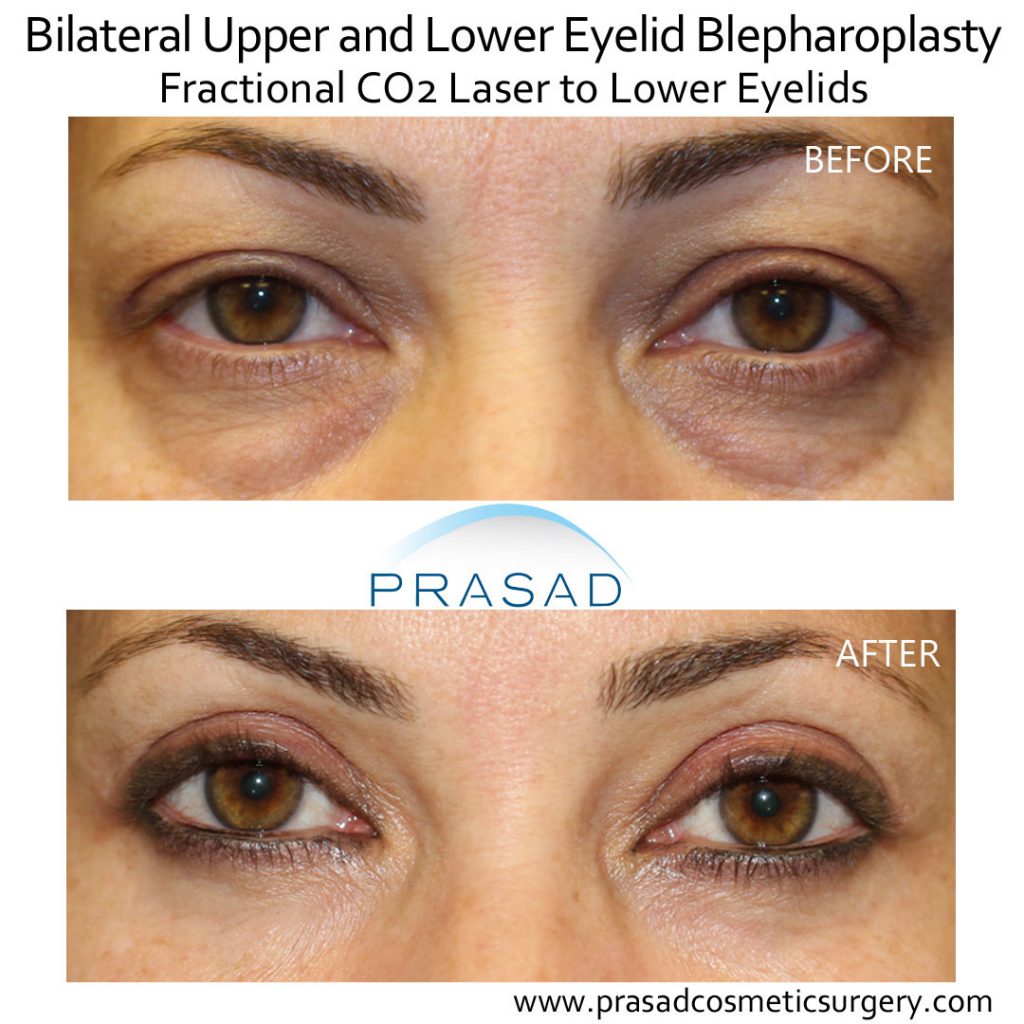
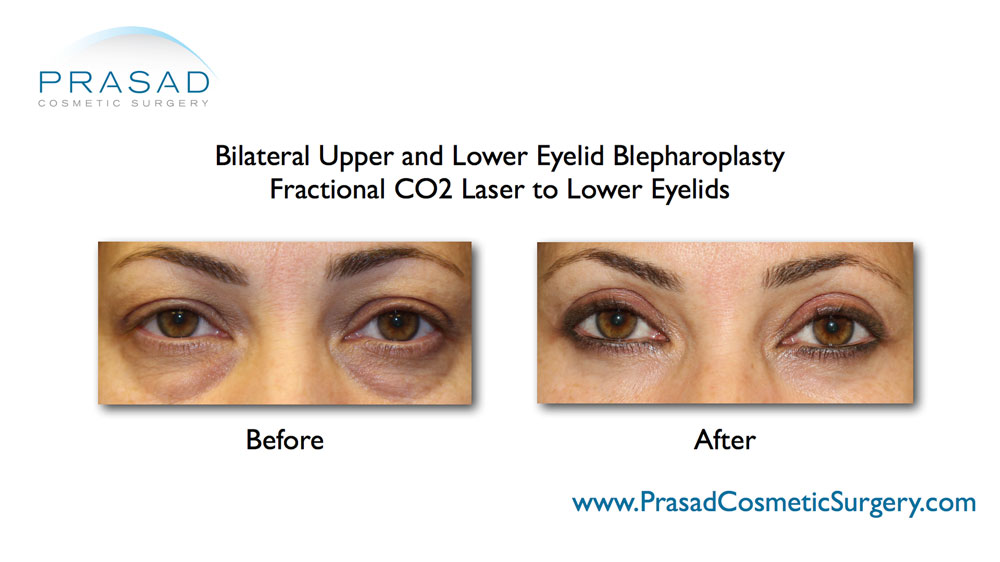
Skin Rejuvenation Treatments
For skin quality improvement below the skin within the fatty layers of the skin, I use platelet-rich plasma or PRP. PRP has been studied extensively and has been shown to improve many of the elements, which contribute to good skin quality including blood supply, and the vitality of the fat cells below the skin. I have helped several patients whose skin was compromised from multiple infections, scarring, and surgical trauma with PRP as well as combining PRP with an Acellular matrix. Several studies have shown improved fat graft survivability when PRP was used.
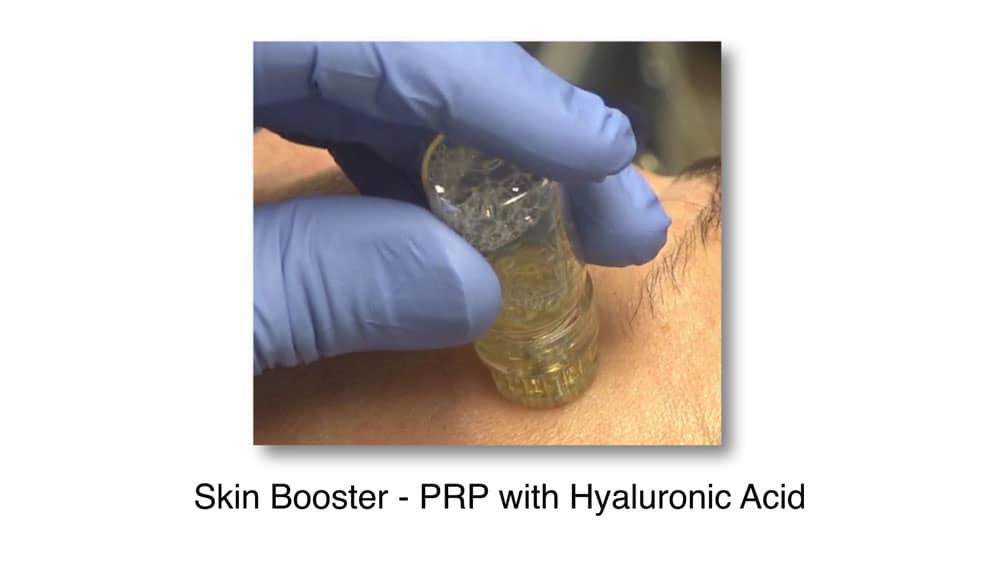
I use PRP below the skin and I combine PRP with hyaluronic acid to enhance the backbone of the skin called the dermis using a special device which we refer to as Skin Boosting. Superficial or epidermal skin management is customized, but broadly speaking for pigmentation, vessels, and skin quality, I use both non-ablative lasers like a Q switch YAG laser, and ablative lasers like fractional erbium and CO2 laser. For general epidermal management, I use Hydrafacial, which is water-based microdermabrasion with active ingredients such as glycolic acid.
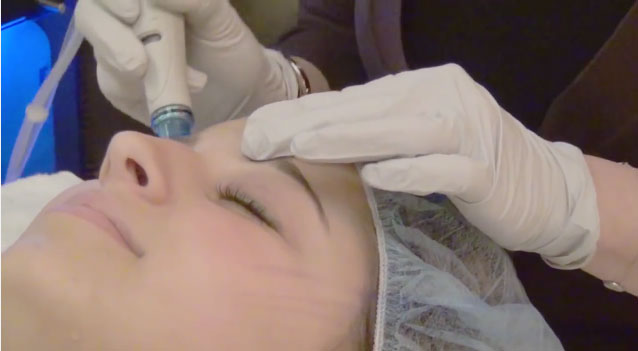
Throughout my career I pursued and advocated innovation. I continue to be optimistic about the future of stem cell technology. As far as stem cell facelifts, thread lifts, and thermal heating devices claiming to lift faces without surgery are concerned, you must make an informed decision about the risks, and benefits, and I cannot stress this enough, the alternatives of a proposed ‘revolutionary” procedure.
Similar to pharmaceutical advertising, the marketing of aesthetic devices and services are so persuasive that the general public is essentially being trained to want these products without the benefit of unbiased and objective professional guidance. More than ever, it is invaluable for you to have a specialized physician on your side to help you understand what is appropriate for your concerns. I see so many people every year who decide to respond to an ad for some aesthetic deal, only to then deal with the consequences of their decision and become consumed with regret. This is followed up by spending an inordinate amount of time pursuing a solution. Unfortunately, you can’t hit the reset button.
